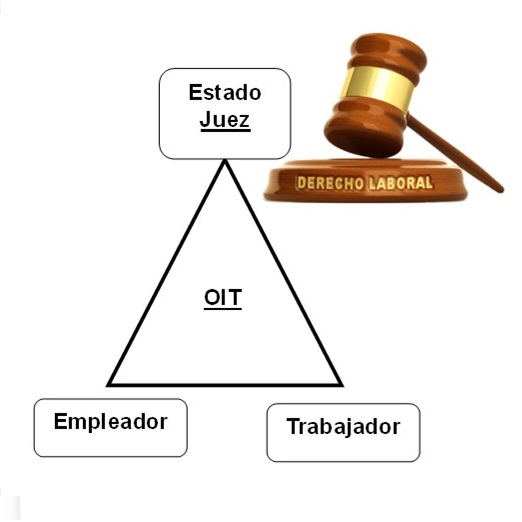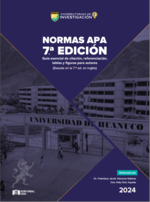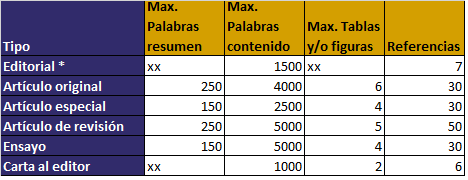Public labor policies of the governments of the past 50 years
DOI:
https://doi.org/10.37711/desafios.2023.14.1.391Keywords:
-Abstract
Objective. To analyze, based on the judgment of experts in the feld, Peruvian labor regulations in the public sector during the last five decades, comprising thirteen governments between 1968 and 2021, from the presidency of General E. P. Juan Velasco Alvarado to that of Engineer Francisco Rafael Sagasti Hochhausler. Methods. The research
developed was of a basic type, employing a quantitative approach that produced a descriptive level study, under a nonexperimental research design of transversal cut. The sample was obtained through a purposive sampling procedure, and consisted of 10 doctoral students enrolled in the Thesis Seminar III of the Doctorate in Law of the Graduate School of the University of Huánuco (Peru), to whom a survey was applied, administered through a questionnaire. Results. There is a vast and differentiated labor regulation in the Peruvian public sector, where there are 15 different labor regimes, in a context of unresolved structural labor problems by the current legislation, which contributes to increase labor instability in the public sector, whose responsibility lies with the national, regional and district governments; all of which reafrms the legal meaning of labor stability as a contractual link between the State and the public employee. Conclusions. The Peruvian public labor regulatory policy of the past five decades is in general terms coexistent, dispersed and unequal, and has maintained the incoherent effects on the welfare of the public worker based on the coexistence of the private labor regime within the public sector.
Downloads

Downloads
Published
How to Cite
Issue
Section
License
Copyright (c) 2023 Uladislao Zevallos Acosta

This work is licensed under a Creative Commons Attribution 4.0 International License.
a. Los autores conservan los derechos de propiedad intelectual (copyright) de las obras publicadas, cediendole a la revista el derecho de primera publicación.
b. Los autores retienen sus derechos de marca y patente, y también sobre cualquier proceso o procedimiento descrito en el artículo.
c. Los autores retienen el derecho de compartir, copiar, distribuir, ejecutar y comunicar públicamente el artículo publicado en la RD (por ejemplo, colocarlo en un repositorio institucional o publicarlo en un libro), con un reconocimiento de su publicación inicial en la RD.
d. Los autores retienen el derecho a hacer una posterior publicación de su trabajo, de utilizar el artículo o cualquier parte de aquel (por ejemplo: una compilación de sus trabajos, notas para conferencias, tesis, o para un libro), siempre que indiquen la fuente de publicación (autores del trabajo, revista, volumen, número y fecha).























